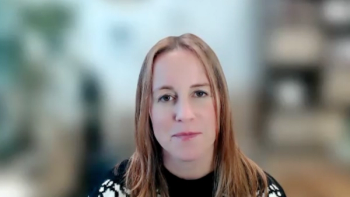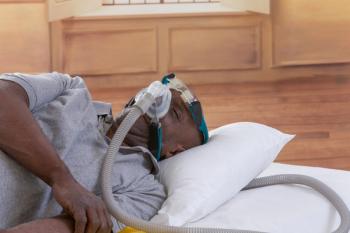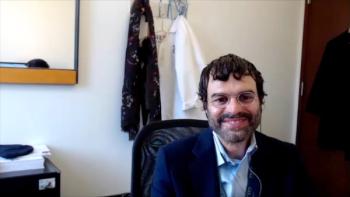
Lenacapavir Approval Could Change Course of Treating, Preventing HIV: Gordon Crofoot, MD, PA
The recent approval of lenacapavir could change the way that clinicians approach both treating and preventing HIV in those at risk, as long as the treatment can get into their hands.
Gordon Crofoot, MD, PA, president and principal investigator at The Crofoot Research Center, emphasized how much lenacapavir could change the landscape of HIV care with its approval by the FDA for use as pre-exposure prophylaxis (PrEP). This approval could help to eradicate HIV if it is made available for those at the highest risk of contracting and transmitting the virus, he said.
This transcript has been lightly edited for clarity; captions were auto-generated.
Transcript
How will HIV prevention change with the approval of lenacapavir?
Let's say that all of a sudden we can get lenacapavir easily for everyone we want. This is a fabulous, amazing drug, 100% effective. Now we need to identify people who have HIV that don't have it. We need to continue to identify who they are. Because we can treat HIV infection and everyone, as far as I'm concerned. And I've been involved in the care of almost 13,000 people with HIV since 1980, which was my first time seeing HIV. I've been around a long time practicing medicine, a long time in HIV. Treating this disease, we should be able to get everyone undetectable with the drugs we have available. If you're undetectable, then the virus isn't that much of a major problem for your health care anymore. But even more important, you are not contagious to anyone else. You equals you. Undetectable. You can't infect anyone. We can now take the group with HIV infection and prevent them from being contagious to anyone else. But for those people that still might not know they have HIV, we can now 100%, maybe not long term but for now, 100% protect people who are at risk of HIV who don't have it right now. That's a critical, fabulous step forward from what used to happen in the 80s and 90s, where we're stopping transmission from people that have it and people at risk. We can stop transmission. And all of a sudden the disease starts burning out. If we can cure people, great, then it goes away. And if we can cure people, then we can put them on lenacapavir as PrEP and prevent infection. We can start seeing the number of cases that are in the community start decreasing over time and going away. We still need a cure. [It would be] nice to have a cure. But combining preventing uninfected people from getting infected and keeping people who have infections not contagious and treated—that involves aggressive testing, more than we've been able to do. Testing and getting people into acceptable treatments they can tolerate in all communities worldwide, we're dramatically decreasing the impact of this disease compared to what it used to be 40 years ago.
Newsletter
Stay ahead of policy, cost, and value—subscribe to AJMC for expert insights at the intersection of clinical care and health economics.













































